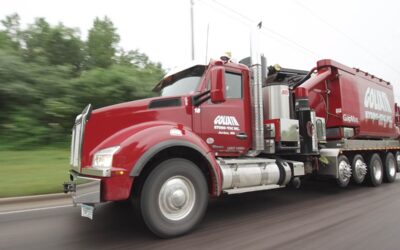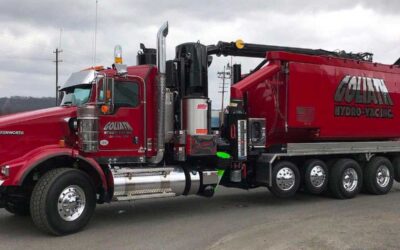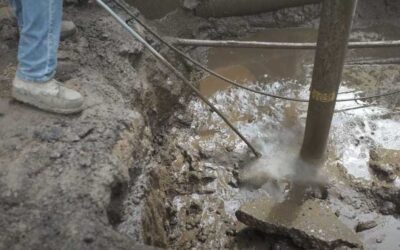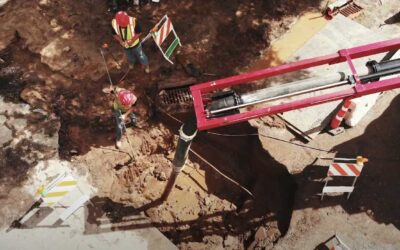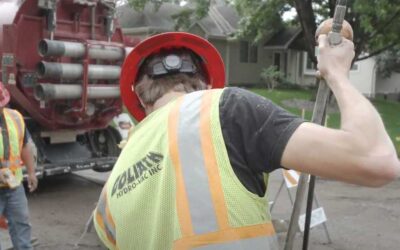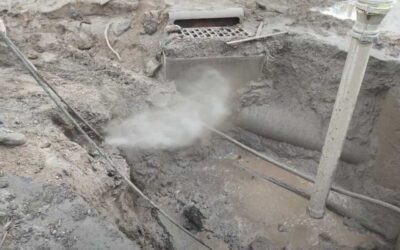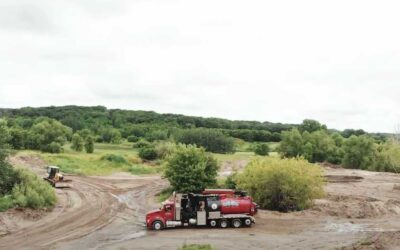Importance of Regular Sewer Inspections
Industrial sewer inspections are a critical component of maintaining a facility’s infrastructure. These inspections involve a thorough examination of sewer lines and systems to identify any potential issues before they escalate into major problems.
In this article, we will discuss the process of sewer inspections, from preparation to implementation of maintenance measures.
Preparing for an Inspection
Proper preparation is essential for a successful and efficient sewer inspection. It allows facilities to set the stage for a smooth and effective sewer inspection, paving the way for timely maintenance and continued system efficiency. Here are two key steps to take in the preparation phase:
1. Clearing Access Points and Pathways
Ensure that all access points and pathways to the sewer system are clear and unobstructed. This includes removing debris, equipment, or any other obstacles that might hinder the inspection process. Clear access allows inspectors to move freely and efficiently, reducing the time and effort required for the inspection.
2. Notifying Stakeholders and Occupants
It’s important to inform all relevant stakeholders and occupants of the upcoming inspection. This includes facility managers, employees, and any other parties who may be affected by the inspection process. Advance notification helps to minimize disruptions and ensures that everyone is aware of and prepared for any temporary changes in facility operations.
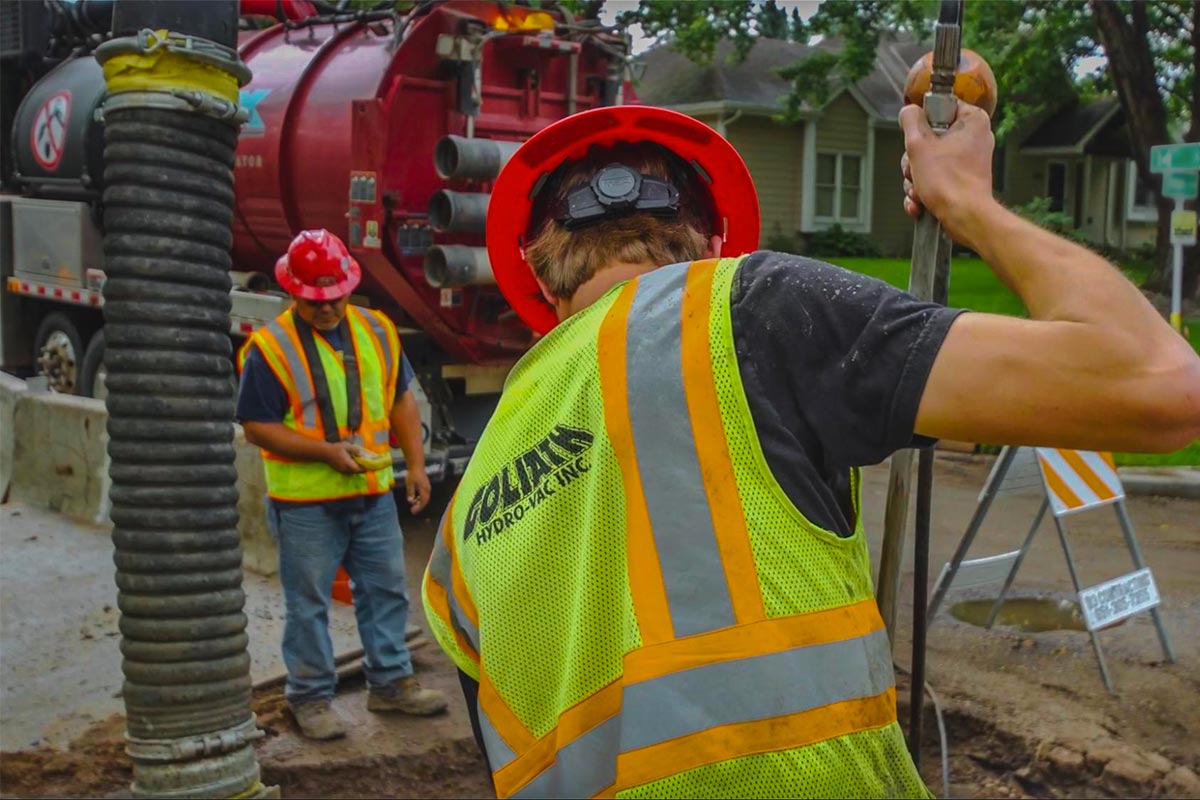
Conducting the Inspection
Once preparations are complete, the inspection process can begin. A thorough and well-documented inspection, facilities can gain a clear understanding of their sewer system’s condition and take informed steps to ensure its continued efficiency and reliability. Here’s an overview of what this entails:
The Inspection Process: This typically involves a thorough examination of the sewer system, including pipes, manholes, and other components. Inspectors look for signs of wear, damage, blockages, or other issues that could affect the system’s performance. The process may vary depending on the size and complexity of the sewer system, as well as the specific goals of the inspection.
Utilizing Specialized Equipment and Technology: Modern sewer inspections often utilize specialized equipment and technology to get a detailed view of the system’s condition. This can include CCTV cameras for video inspections, sonar for detecting blockages, and other diagnostic tools. These technologies allow inspectors to assess the sewer system’s condition without invasive procedures, providing accurate and comprehensive data.
Documenting Findings and Observations: Throughout the inspection, it’s crucial to document all findings and observations. This documentation should include details of any issues identified, their locations, and the severity of the problems. High-quality photos or video footage can also be valuable for recording the condition of the sewer system. This documentation will serve as the basis for any recommended maintenance or repair actions.
Implementing Maintenance Measures
Following a thorough inspection, the next step is to implement necessary maintenance measures to address any identified issues and ensure the long-term functionality of the sewer system. Here are some key actions to take:
Repairing Damaged Pipes and Components: If the inspection reveals any damaged pipes or components, prompt repairs are essential. This may involve patching leaks, replacing sections of pipe, or fixing other structural issues. Timely repairs can prevent minor problems from escalating into major system failures.
Cleaning and Descaling Sewer Lines: Regular cleaning and descaling of sewer lines are crucial for preventing blockages and maintaining optimal flow. Techniques such as hydro jetting can effectively remove built-up debris, grease, and scale from the interior walls of the pipes, ensuring that the sewer system operates smoothly.
Implementing Preventive Maintenance Programs: To avoid future issues and extend the lifespan of the sewer system, implementing a comprehensive preventive maintenance program is advisable. This program should include regular inspections, routine cleaning, and timely repairs based on the inspection findings.
Conclusion
By prioritizing regular sewer inspections and preventive maintenance, facilities can minimize the risks of blockages and backups, ensuring a smooth and uninterrupted operation. This proactive approach not only saves time and money in the long run but also contributes to the overall longevity and reliability of the sewer system.
Goliath Hydrovac Inc. is committed to providing exceptional industrial maintenance services tailored to your specific needs. Contact us today to learn more about how Goliath’s industrial maintenance services can benefit your operation.
RELATED POSTS
Daily Checks for Vacuum Truck Maintenance
Daily Checks for Vacuum Truck Maintenance Vacuum trucks are highly specialized vehicles that are an integral...
Maintaining Your Vacuum Truck
Vacuum Truck Maintenance Vacuum trucks are essential for efficiently collecting and disposing of waste...
How is Hydro Jetting Used
Hydro Jetting Uses The broad-ranging applications of hydro jetting are transforming the way we approach...
Benefits of Hydro Jetting
Hydro Jetting Benefits When it comes to ground-breaking developments in excavation, hydro jetting is making...
What is Hydro Jetting?
What is Hydro Jetting? The excavation industry has seen a plethora of changes in the past few decades, with...
Projects Requiring Hydro Excavation
Hydro Excavation Projects From massive construction sites to intricate utility maintenance jobs, various...
Benefits of Hydro Excavation
Hydro Excavation Benefits Traditional digging methods have long been associated with risks, disruptions, and...
What is Hydro Excavation
What is Hydro Excavation? Are you tired of dealing with the risks and inconveniences of traditional excavation...

